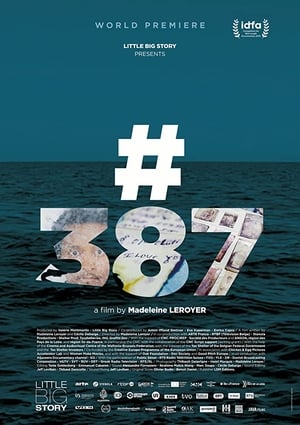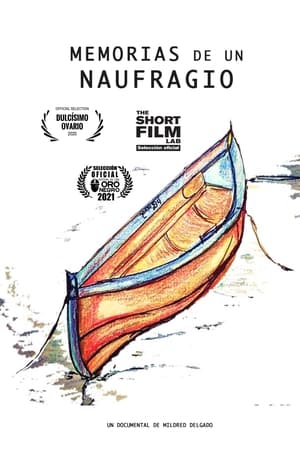
St. Lawrence: Stairway to the Sea(1982)
In this spectacular feature-length documentary, oceanographer Jacques Cousteau and an NFB crew sail up the St. Lawrence River to the Great Lakes on board the specially equipped vessel, the Calypso. They explore the countryside from their helicopter and plumb the depths of the waters in their diving saucer. They encounter shipwrecks, the Manicouagan power dam, Niagara Falls, the locks of the St. Lawrence Seaway and an underwater chase with caribou.

Movie: St. Lawrence: Stairway to the Sea
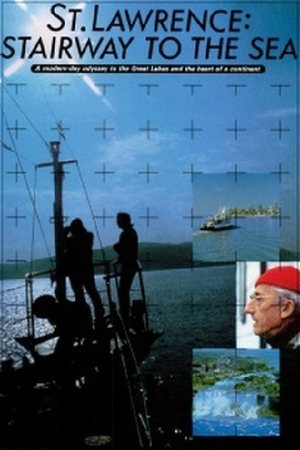
Saint-Laurent : Escalier vers la mer
HomePage
Overview
In this spectacular feature-length documentary, oceanographer Jacques Cousteau and an NFB crew sail up the St. Lawrence River to the Great Lakes on board the specially equipped vessel, the Calypso. They explore the countryside from their helicopter and plumb the depths of the waters in their diving saucer. They encounter shipwrecks, the Manicouagan power dam, Niagara Falls, the locks of the St. Lawrence Seaway and an underwater chase with caribou.
Release Date
1982-10-13
Average
0
Rating:
0.0 startsTagline
Genres
Languages:
EnglishFrançaisKeywords
Similar Movies
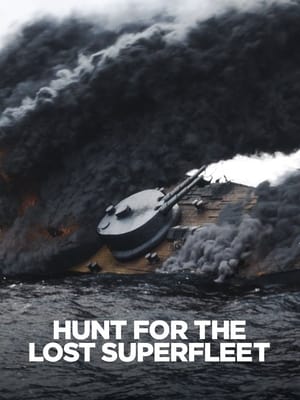 0.0
0.0Hunt For the Lost Superfleet(en)
The Battle of the Falklands, between a Royal Navy task force and five German cruisers, was one of the most dramatic and bloodiest sea conflicts of World War I. When the smoke cleared, four of the German ships had sunk, including the flagship and pride of the German fleet, the SMS Scharnhorst. For decades, none of the downed vessels were ever found. Now, more than 100 years later, maritime archaeologist Mensun Bound and his team are searching for the ships and the secrets they hold. It's a race against time and the raging South Atlantic Ocean.
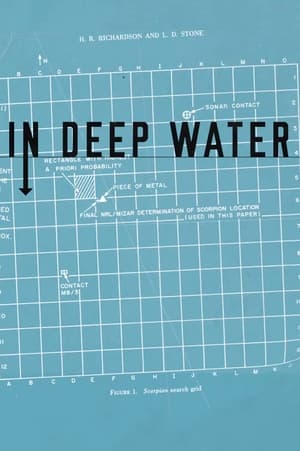 0.0
0.0In Deep Water(en)
The SS Central America, a steamer carrying a cache of gold, sank off the southeast coast of the United States in 1857. Part mystery, part adventure story, the film recounts how a group used Bayesian theory to find the ship — and the gold.
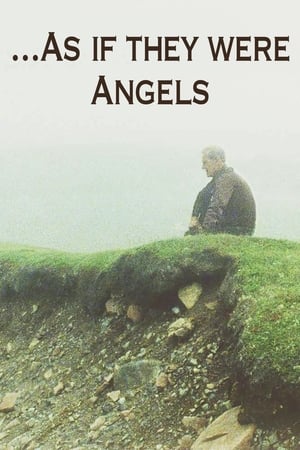 0.0
0.0As If They Were Angels(en)
The little known story of one of the worst non-combat disasters in the history of the US Navy, …AS IF THEY WERE ANGELS is a story of courage, heart, sacrifice and the heroism of miners & fishermen of 2 small towns, who risked their lives to save nearly 200 American sailors, shipwrecked on the rugged cliffs of Newfoundland. Narrated by Peter Coyote, it’s a deeply layered tale of navigation errors, courts martial mistakes, a steep loss of life, and resonates today as if the very telling of its deep humanity offers a lifeline for our fractured times.
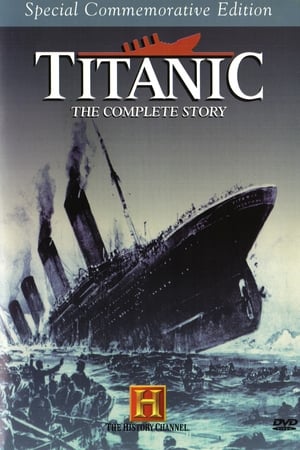 6.6
6.6Titanic: The Complete Story(en)
The "unsinkable" Titanic was a dream come true: four city blocks long and a passenger list worth 250 million dollars. But on her maiden voyage in April 1912, that dream became a nightmare when the giant ship struck an iceberg and sunk in the cold North Atlantic. More than 1,500 lives were lost in one of the greatest disasters of the 20th century. Now, using newsreels, stills, diaries, and exclusive interviews with survivors, Titanic: The Complete Story recounts the sensational history of the premier liner. In Part I: Death of a Dream, the largest ship ever built is christened in Ireland before a cheering crowd of 100,000. Witness the disaster this trek becomes as numerous iceberg warnings go unheeded and the ship sinks in the icy North Atlantic. In Part II: The Legend Lives On, over-packed lifeboats edge away from the crippled liner as a futile SOS signals flare into the night--leaving 1,500 passengers to a watery grave.
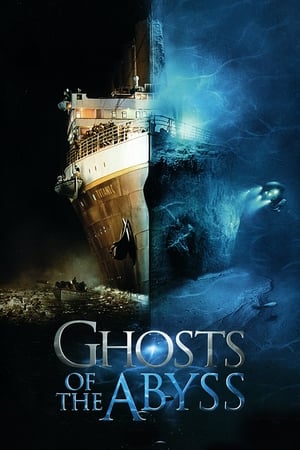 6.8
6.8Ghosts of the Abyss(en)
With a team of the world's foremost historic and marine experts as well as friend Bill Paxton, James Cameron embarks on an unscripted adventure back to the wreck of the Titanic where nearly 1,500 souls lost their lives almost a century ago.
Taking Back Our Beach(en)
This is a film about the response by a community to New Zealand’s largest environmental disaster, seen through the eyes of that community. The film captures the shock, anger and grief driven into the heart of the local community, but also the humour, purpose and overwhelming positivity when people join together with a common goal.
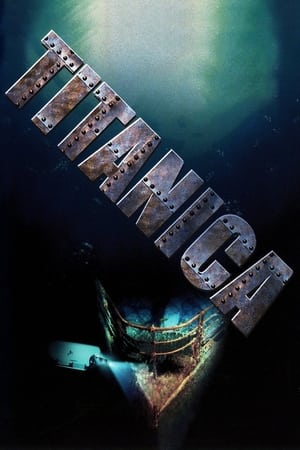 5.9
5.9Titanica(en)
Titanica is a fascinating non-fiction drama which tells the story of the 1991 expedition to the wreck of the Titanic, the "unsinkable" luxury liner which collided with an iceberg and sank on April 15, 1912, losing 1,522 lives. Viewers experience the adventure, drama and danger of deep sea exploration through the activities of an international expedition team composed of unique and colourful characters, each with their own personal interest in the legendary wreck. Combining spectacular life-size images of the shattered remains on the ocean floor with recollections by survivor Eva Hart and computer-enhanced archival photographs, Titanica brings to life a remarkable tale of history, science and human ambition. IMAX
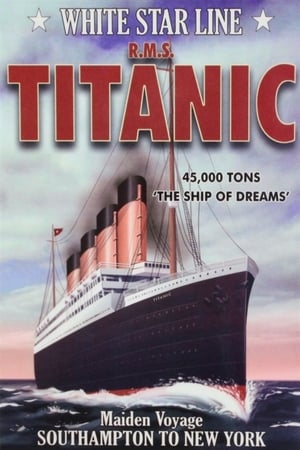 5.4
5.4The Unsinkable Titanic(en)
On April 10, 1912, the RMS Titanic embarked on its maiden voyage, sailing from Southampton, England, to New York City. One of the largest and most luxurious passenger liners at the time, the Titanic was also equipped with watertight compartments, which led many to consider the ship unsinkable; an anonymous deckhand famously claimed that “God himself could not sink this ship.” On April 14, however, the ship struck an iceberg, and early the next day it sank. Some 1,500 people perished.
 8.0
8.0Kommando Selbstzerstörung - Der Untergang der Kaiserlichen Flotte(de)
The sinking of the German fleet interned at Scapa-Flow (Orkney Islands), June 21, 1919. We know that one of the stipulations of the armistice signed with Germany on November 11, 1918 was that that power's surface warships were to be "immediately decommissioned and interned in neutral or Allied ports, and remain there under the supervision of the Allies and the United States, guard detachments only being maintained on board". In fact, all the ships designated by the Allies - 11 battleships, 5 battlecruisers, 7 light cruisers and 50 destroyers - had, a few days after the armistice, been assembled in Scapa-Flow Bay, in the center of the Orkney archipelago, i.e. north of Scotland, and had remained there ever since, under the supervision of the English naval authorities, but under the effective authority of German Admiral von Reuter.
 6.2
6.2Implosion: The Titanic Sub Disaster(en)
A Titanic dive. A fatal implosion. Five lives lost. As the world watched, investigators raced to uncover the truth behind the disaster. But was this more than a tragic accident?
 6.0
6.0The Land That Devours Ships(en)
For almost a century and a half, Her Majesty's Ship Breadalbane lay wrecked and forgotten under the Arctic ice. In the spring of 1983, noted undersea explorer Dr. Joseph MacInnis led a team of twenty men on one of the most difficult, dangerous and unforgettable undersea adventures of the century--to put a diver on board the sunken vessel and recover some artifacts. This film, introduced by H.R.H. Prince Charles, provides a stunning visual account of this historic expedition.
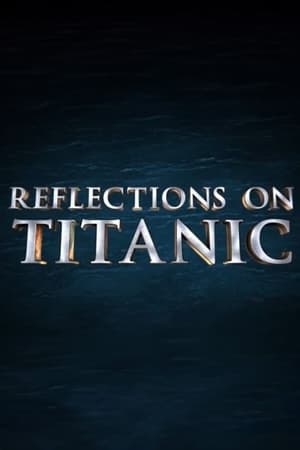 7.3
7.3Reflections on Titanic(en)
An enthralling and fast-paced four-part documentary feature that covers the making of one of the last major Hollywood epics; Titanic. Cast and crew speak on setting the sinking of the ship against a classic romance. The feature also examines casting and the young couple headlining the film, DiCaprio's and Winslet's on-set friendship and their differing acting styles, the expansive sets and filming locations, the authenticity of the recreated ship, James Cameron's work and dedication, and budgeting. And many more aspects of the film are overviewed.
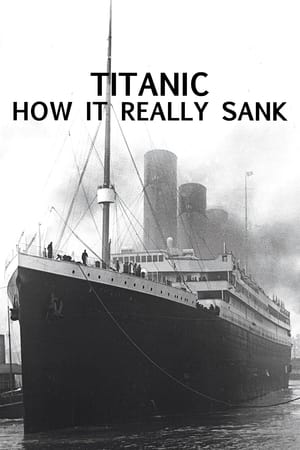 6.6
6.6Titanic: How It Really Sank(en)
The sinking of the Titanic was far more than a simple accident. It was a tragedy that could have been prevented. It was the result of a long chain of mistakes: a fatal series of avoidable human errors that sent the Titanic and more than half of her passengers to their watery graves. Based around the official inquiry held immediately after the event, plus evidence that's come to light since the wreck of the Titanic was discovered in 1985, National Geographic, in this drama-documentary special, answers the question: Who Sank the Titanic?
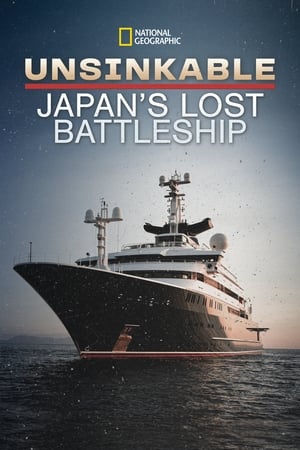 5.7
5.7Unsinkable: Japan's Lost Battleship(en)
October 24, 1944, the world’s greatest battle at sea begins in the Philippines. Japan’s navy gambles on a decisive victory against the United States to turn the tide of World War II. Instead, Musashi, its top-secret super battleship, ends up at the bottom of the ocean.
 0.0
0.0National Geographic: The Lost Fleet of Guadalcanal(en)
Explorer follows Bob Ballard and veterans from both America and Japan as they search for ships that were sunk during the Battle of Guadalcanal.
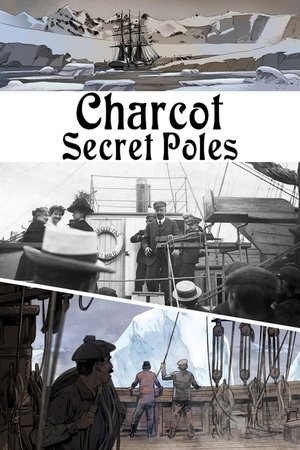 7.9
7.9Charcot: Secret Poles(fr)
The adventures and exploits of Jean-Baptiste Charcot (1867-1936), an intrepid scientist and explorer who laid the foundations of modern oceanography.
Ghosts at Sea: Paranormal Shipwrecks and Curses(en)
Pirates and Sailors have fought many battles at sea but many who lost didn't go quietly into the murky depths. This killer collection of Ghostly Sea Hauntings will curl your toes and shiver your timbers with real ghost tales from the depths of the Paranormal.
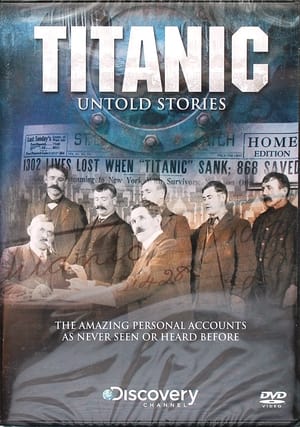 5.4
5.4Titanic: Untold Stories(en)
The gripping personal accounts of the people and the tragedy. In never-before-seen footage, we journey with historian Charles Haas, as he descends into the depths of the North Atlantic and guides us on a tour of the RMS Titanic. While recounting tales of triumph and struggle, we see among the many sites the doors where all passengers would have entered, peer through the porthole of a first class cabin, see the davits where the too few lifeboats hung and pause by the mail room where the postal workers heroically died. This unique footage coupled with letters, old stills, artifacts and new recreations tells the amazing human stories of this famous ship as never before.


